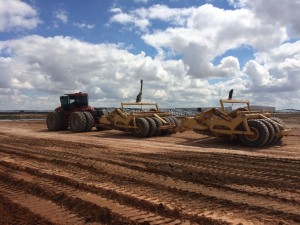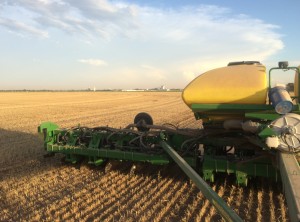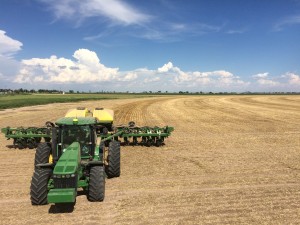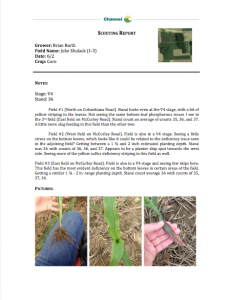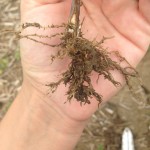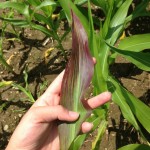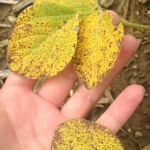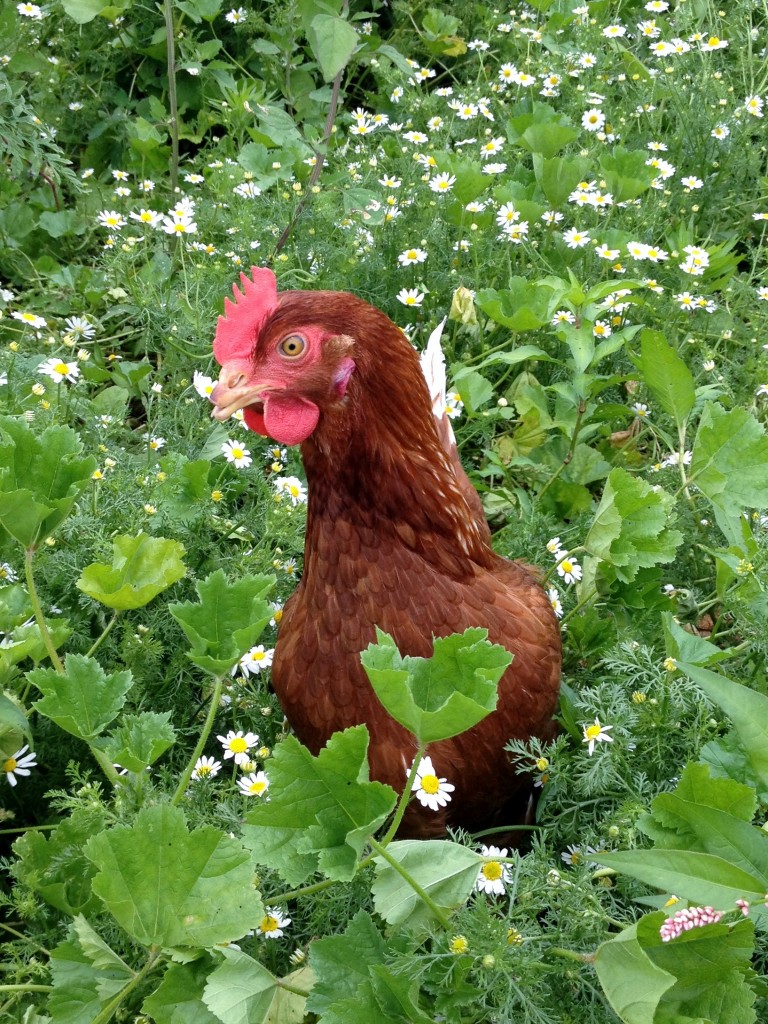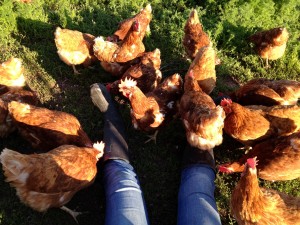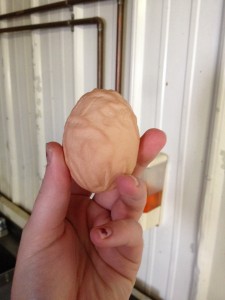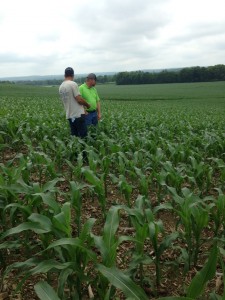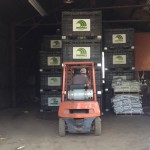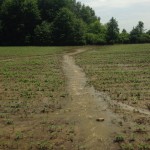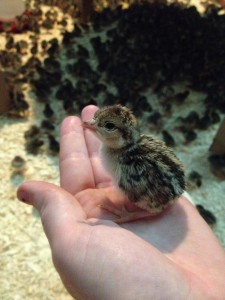This week I continued surveying and scouting as per usual however what was unusual was the high incidence of black leg observed in potatoes. Black leg is a bacterial disease in potatoes that can be either seed or air borne. An infected plant will yield inedible potatoes, so its management is essential. A particularly severe strain of new black leg has appeared in the seed pieces of many growers this year. Growers in Pennsylvania, New Jersey, and New York have experienced a 10-50% infection rate of black leg in their fields. The previous strain of black leg would historically only infect 1% of potatoes. It is obvious therefore why many are referring this year’s black leg epidemic as “black leg on steroids”. No management strategies are available since the bacteria is present in the seed piece. Samples of the black leg have been shipped back to the seed producers to prevent such a severe infection in the future. It seems that Long Island potatoes could use a “leg” up. 

A potato infected with black leg, clearly inedible.

